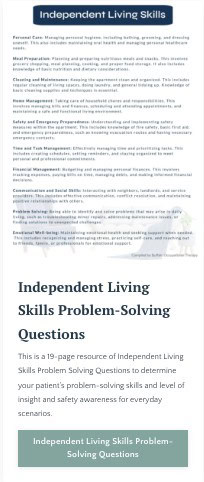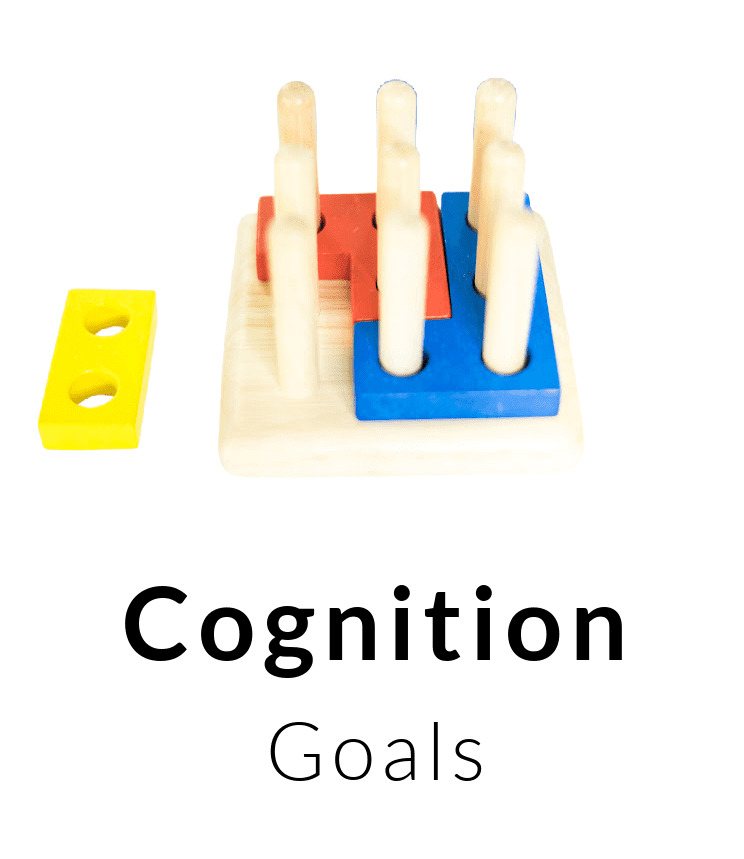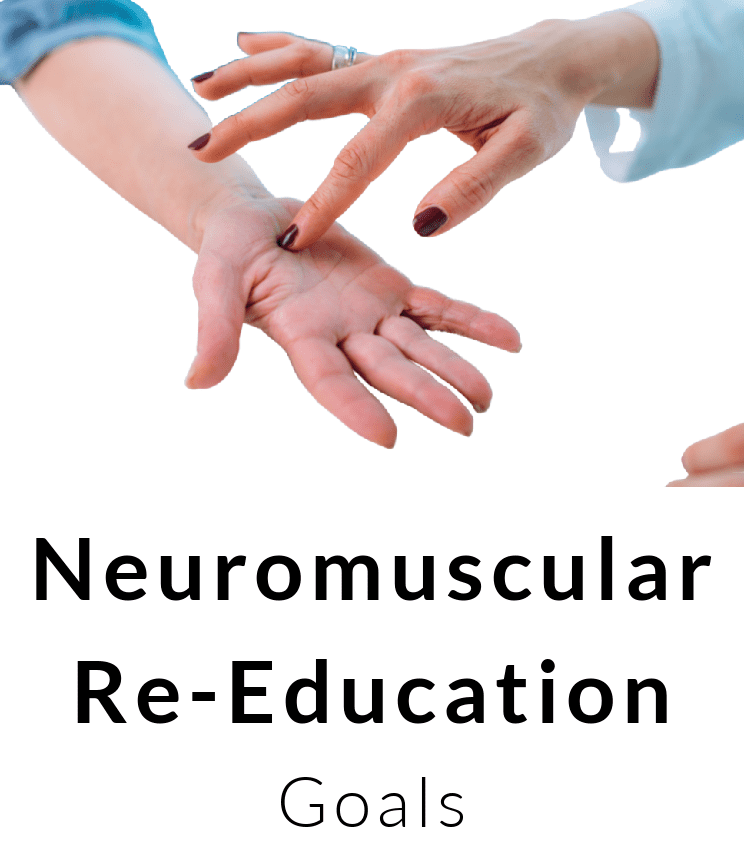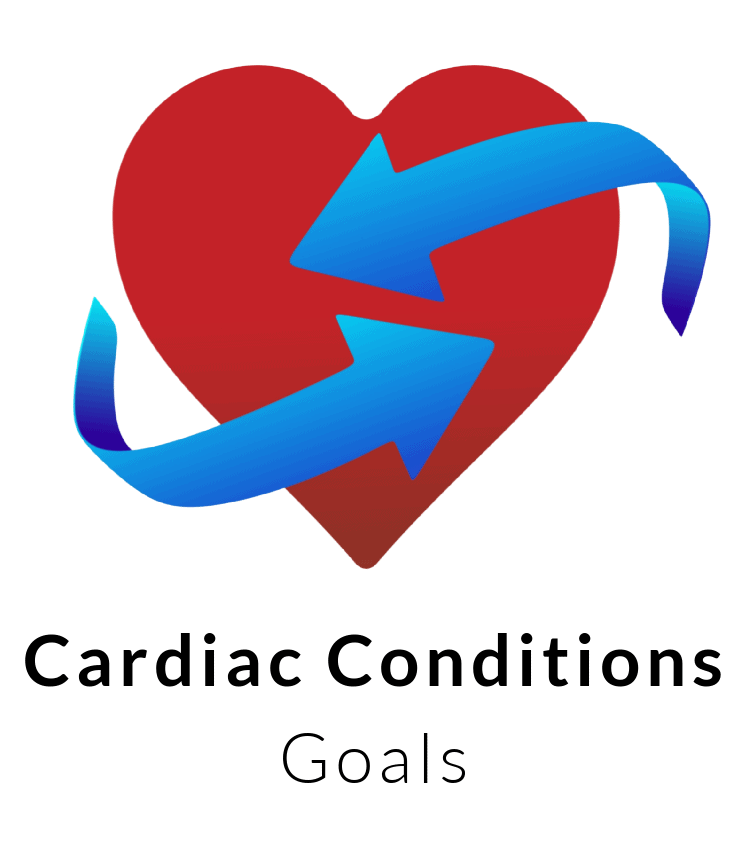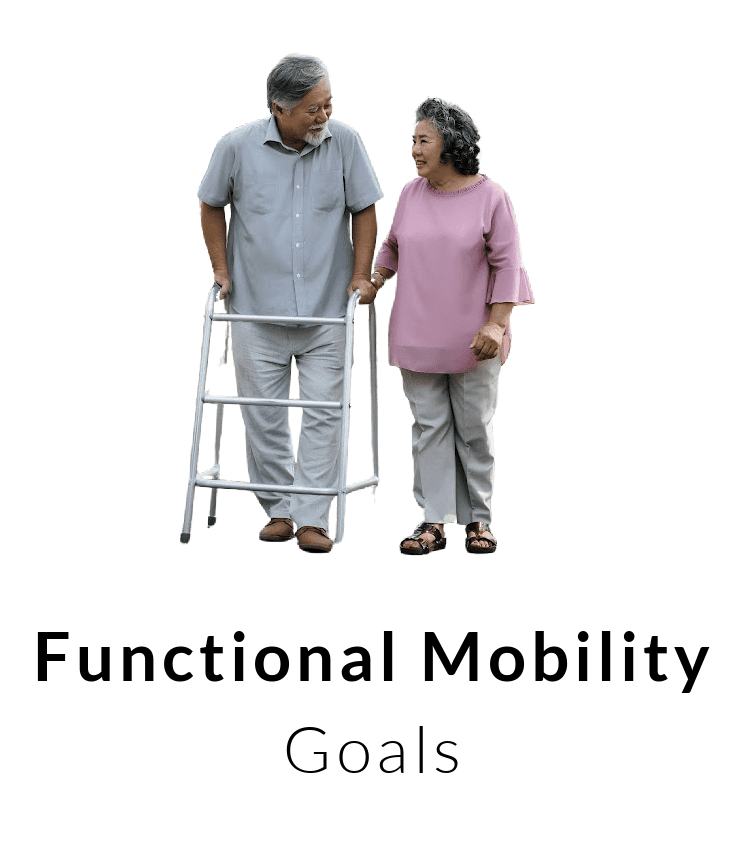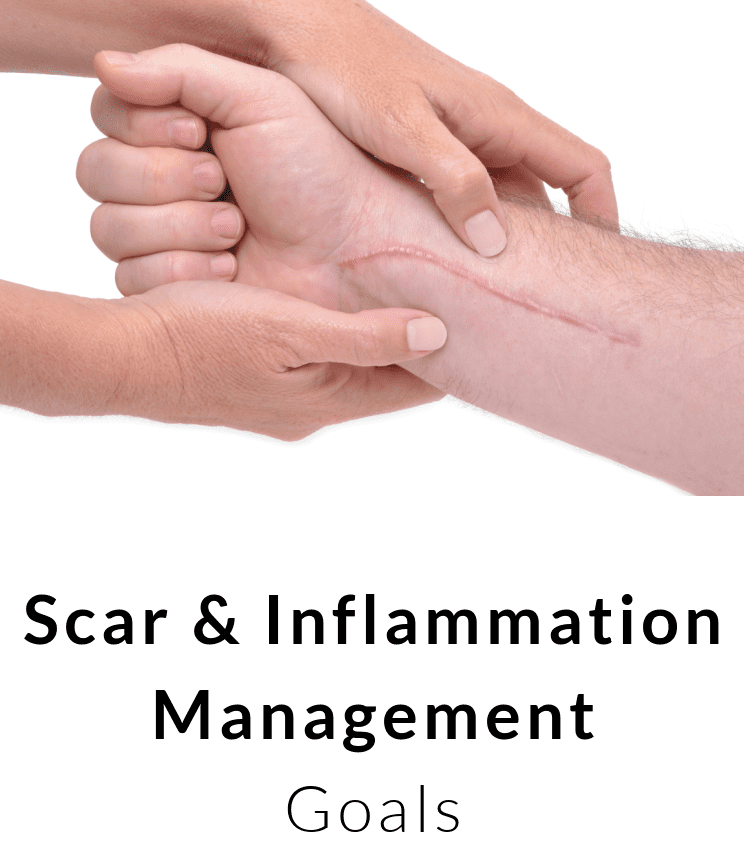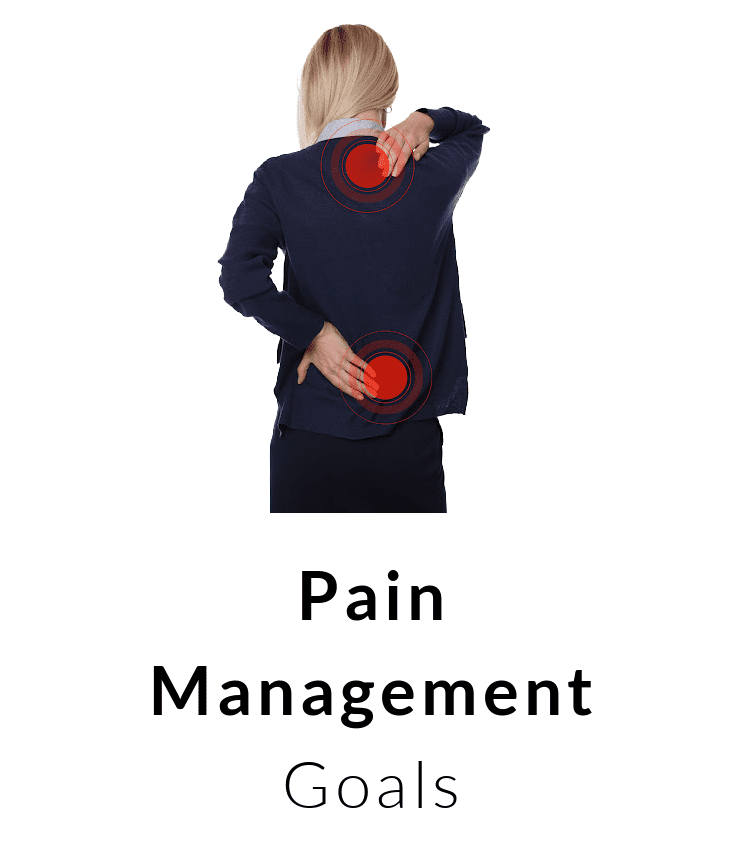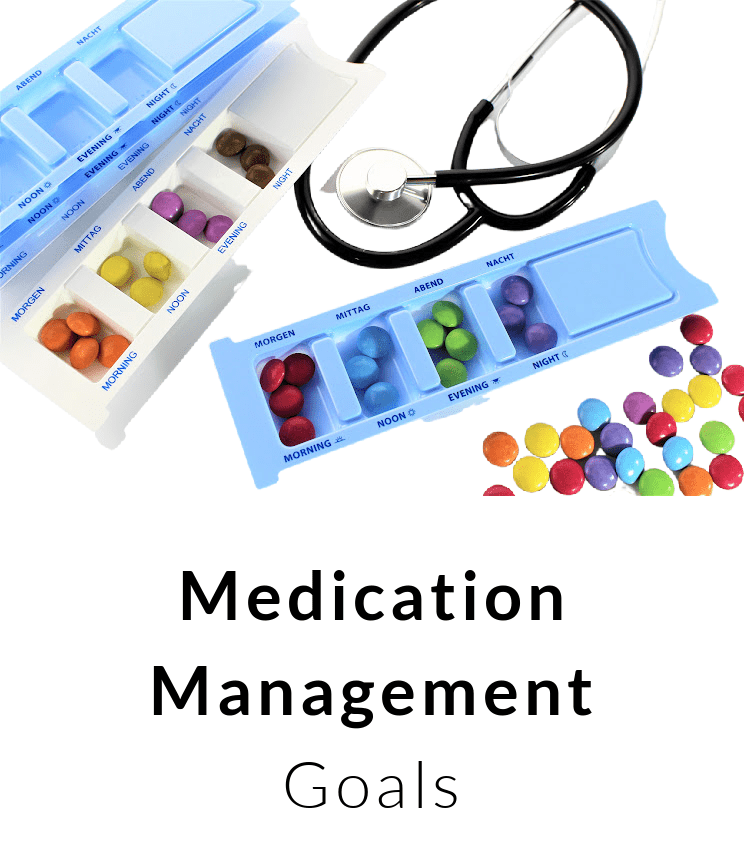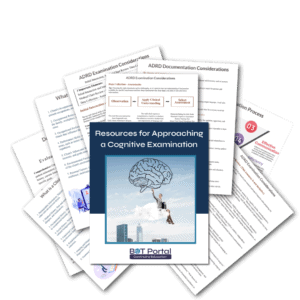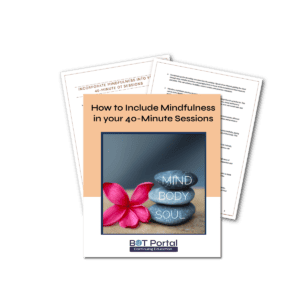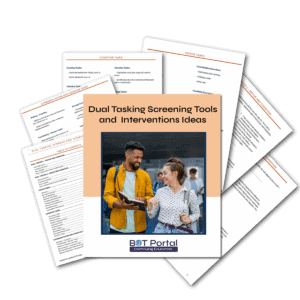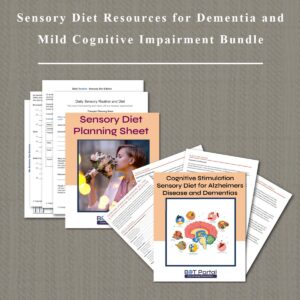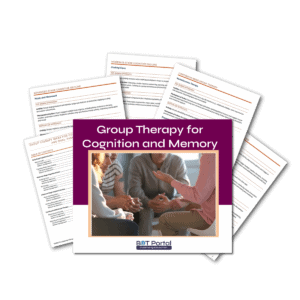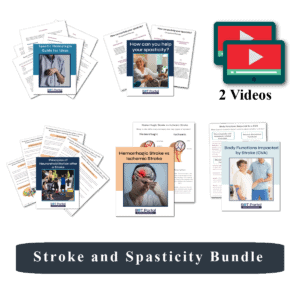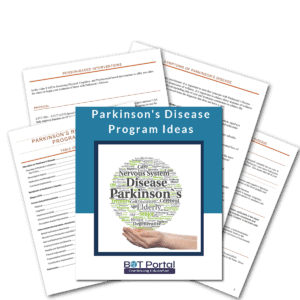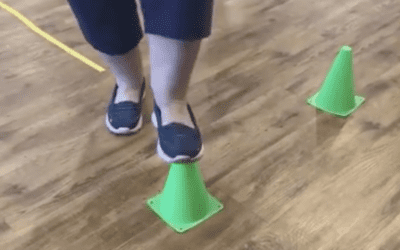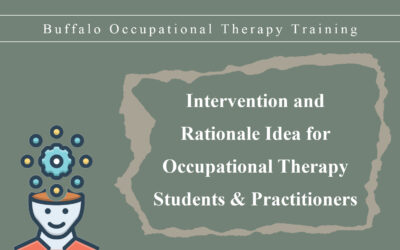

OT Goals for Safety and Insight
Occupational therapy plays a vital role in promoting safety awareness and insight by helping individuals identify and mitigate potential risks, develop safety strategies, and enhance their overall safety awareness in daily life activities. Here are some of the other ways that OT influences safety awareness:
Assessment of Safety Needs: Occupational therapists conduct assessments to evaluate the individual’s safety awareness, insight, and ability to recognize and respond to potential safety hazards. They assess cognitive function, sensory perception, judgment, problem-solving skills, and executive functioning related to safety awareness and decision-making.
Environmental Safety Assessment: Occupational therapists assess the individual’s home, work, and community environments to identify safety hazards, barriers, and risks that may pose a threat to their well-being. They evaluate factors such as lighting, flooring, furniture arrangement, architectural barriers, and accessibility features to make recommendations for environmental modifications or adaptations to promote safety and accessibility.
Education and Training: Occupational therapists provide education on safety awareness, risk identification, and injury prevention strategies to empower individuals to make informed decisions and take proactive measures to protect themselves from harm. They teach safety rules, guidelines, and best practices for activities such as cooking, bathing, driving, and community mobility, as well as how to recognize and respond to emergencies.
Functional Mobility and Fall Prevention: Occupational therapists address mobility and balance impairments that may increase the risk of falls and accidents. They provide exercises, balance training, and gait training to improve strength, coordination, and stability, while teaching fall prevention techniques and strategies to reduce the risk of falls and injuries in daily activities.
Assistive Devices and Safety Aids: Occupational therapists recommend assistive devices, safety aids, and adaptive equipment to support individuals in maintaining safety and independence in daily activities. They assess the need for mobility aids, grab bars, handrails, adaptive seating, and personal emergency response systems to enhance safety awareness and facilitate safe participation in activities of daily living.
Cognitive and Behavioral Interventions: Occupational therapists integrate cognitive and behavioral interventions to address cognitive deficits, impulsivity, and risk-taking behaviors that may compromise safety awareness and insight. They teach compensatory strategies, problem-solving skills, and decision-making techniques to help individuals anticipate, identify, and respond to potential safety hazards effectively.
Environmental Modification: Occupational therapists make recommendations for environmental modifications or adaptations to create a safer and more accessible living environment for individuals with safety concerns. They suggest home modifications, such as removing tripping hazards, installing safety rails, or improving lighting, to reduce the risk of accidents and promote independent living.
Community Reintegration and Social Participation: Occupational therapists support individuals in safely reintegrating into their communities and participating in meaningful activities and social roles. They provide education on navigating community environments, accessing transportation, and interacting safely with others, while addressing safety concerns and promoting personal safety awareness in various social and recreational settings.
Stop feeling insecure and lost.
Don't wait for BURNOUT to consume your life because there just isn't enough time to search for evidence-based occupational therapy resources and training for daily clinical treatments.
Join the BOT Portal for occupational therapy resources and receive 24/7 access to the highest quality resources designed by an experienced therapist speciically for busy, motivated, and passionate therapists and therapy assistants.
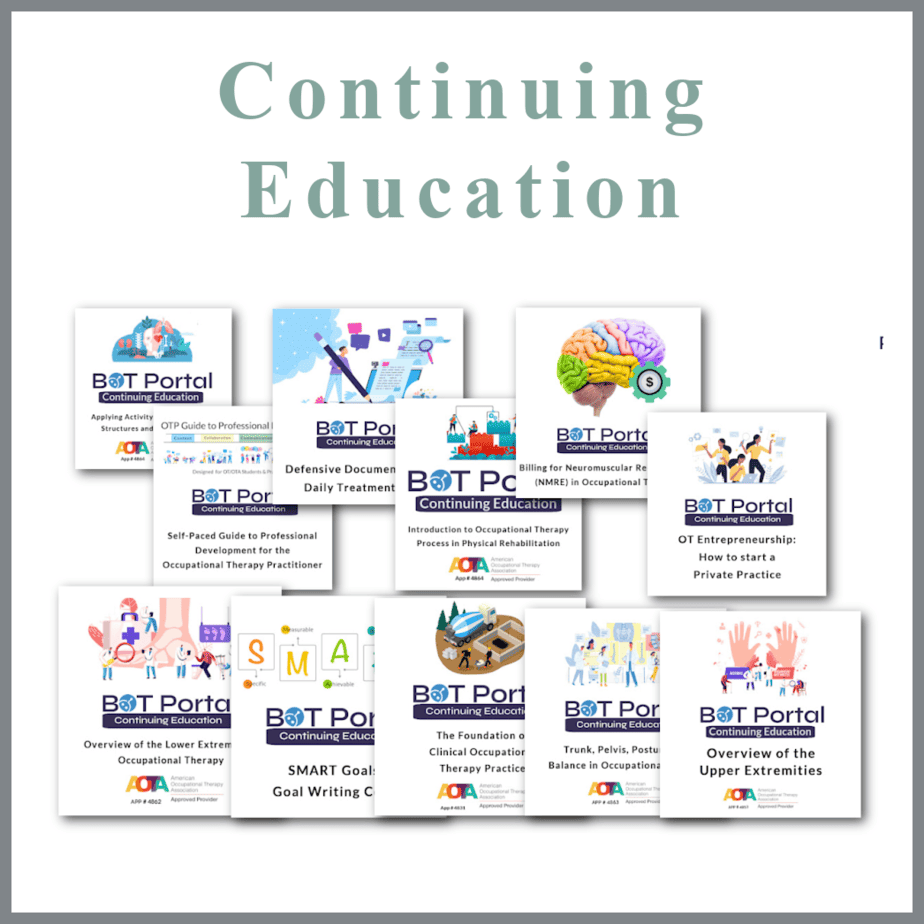
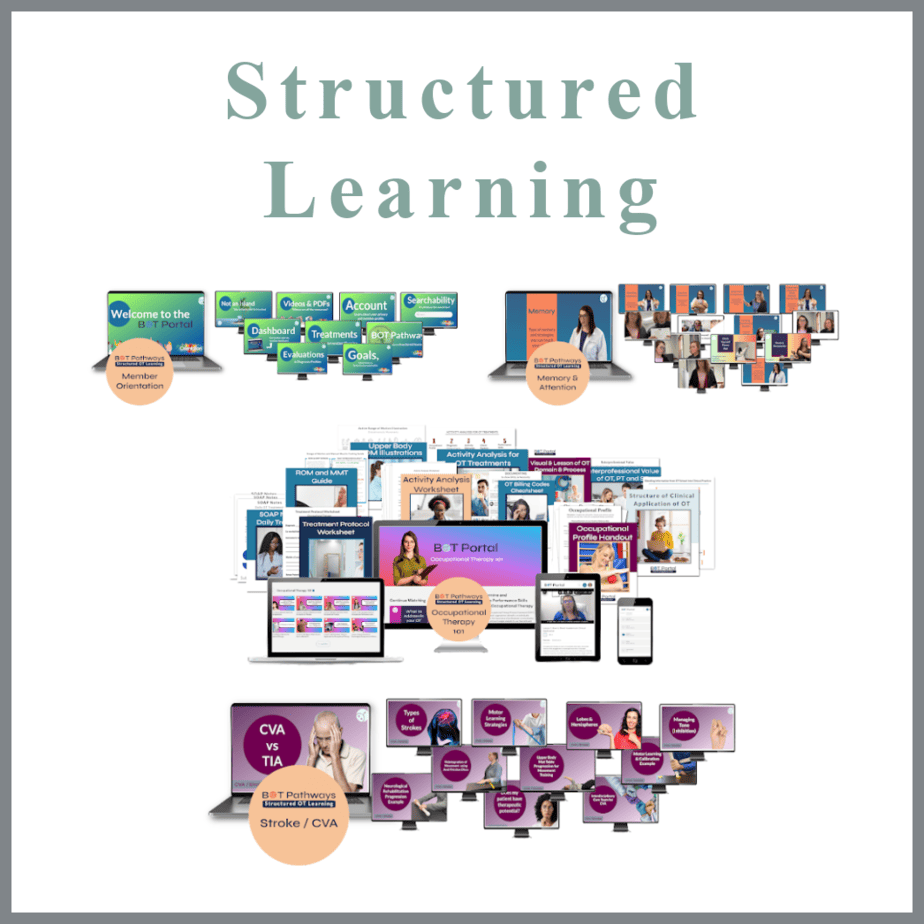


Membership Perks
Two Membership Options!
Your investment gives you resources to save you stress, self-doubt, and burnout as you become a confident and competent practitioner who can stand up for your professional point of view and scope of practice.

Ideas about Safety and Insight in Occupational Therapy
Facilitating Safety and Insight Through Intentional Questioning in OT Sessions: OT makes time within a session to intentionally ask questions that facilitate safety and insight. (Example: “What would you do if…”)
Adapting Safety and Insight Approaches to Client Contexts and Occupational Demands: Safety and insight will look different in each context, under different occupational demands, different life roles, etc. Methods must adapt to the client.
Integrating Movement-Based Interventions to Enhance Safety and Insight: Questions are important, but designing movement-based interventions that require the application of safety and insight are just as important. Simulations are okay!
Discharge Planning: Ensuring a Smooth Transition Through Problem-Solving and Insight: Discharge planning should include a comprehensive session of problem-solving and insight regarding the transition from a clinical setting to everyday living. It’s the job of an OTP to communicate potential barriers and offer a time to problem-solve those barriers before discharge. Talking is training and it’s important to the process.
Simple Goals for Safety and Insight
The patient [or caregiver] will demonstrate a good understanding of falls/safety precautions as evidenced by verbal discussion and demonstration of [xx] precautions and techniques within [xx] sessions.
The patient [or caregiver] will verbalize/demonstrate proper hand-washing techniques during [xx] consecutive sessions over [xx] weeks to improve safety and effective health management.
The patient [or caregiver] will demonstrate safe mobility and transfer techniques from [surface] to [surface] as evidence by transition with good body mechanics and absence of loss of balance over xx/xx transitional movement through a [xx] plan of care.
Patient will correctly identify potential hazards in the kitchen and follow safety protocols during cooking tasks, such as using oven mitts and turning off appliances, with 100% accuracy within four weeks.
The patient will recognize signs of heat exhaustion and implement appropriate heat safety measures, such as staying hydrated and seeking shade, during outdoor activities monitored by the therapist over a period of one month to prevent heat-related illnesses and promote personal well-being during hot weather conditions.
The caregiver will identify potential trip hazards in the home environment and implement fall prevention strategies, such as removing clutter and securing loose rugs, during a home safety consultation conducted by the therapist within four weeks to reduce the risk of falls and promote a safe living environment for the patient.
Home Safety
Home Safety
Educating individuals on potential hazards in their home environment and providing strategies to mitigate risks, such as removing trip hazards and installing grab bars, enhances safety awareness and prevents falls or accidents.
Medication Management
Medication Management
Teaching proper medication storage, dosage administration, and understanding of potential side effects promotes safety and ensures individuals can manage their medications independently, reducing the risk of adverse reactions or medication errors.
Emergency Preparedness
Emergency Preparedness
Providing education on recognizing emergency situations and appropriate responses, such as calling for help or administering basic first aid, empowers individuals to handle emergencies effectively, promoting safety and peace of mind.
Community Safety
Community Safety
Discussing strategies for navigating public spaces safely, such as street-crossing techniques or avoiding potential dangers, fosters awareness of environmental risks and promotes independence in community participation.
Cognitive Safety
Cognitive Safety
Addressing cognitive impairments by teaching compensatory strategies and safety precautions, such as using memory aids or setting reminders, enhances individuals’ ability to make informed decisions and stay safe in various contexts.
Technology Use and Safety
Technology Use and Safety
Providing education on the safe and appropriate use of technology devices, including smartphones, tablets, and emergency alert systems, enables individuals to leverage technology for communication, safety monitoring, and accessing resources independently.
Financial Safety
Financial Safety
Offering guidance on financial management skills, such as budgeting, bill payment, and fraud prevention, empowers individuals to protect their financial assets and make informed decisions, reducing the risk of financial exploitation or scams.
Social Safety
Social Safety
Discussing interpersonal boundaries, assertiveness skills, and recognizing signs of abuse or exploitation promotes safety in social interactions and relationships, empowering individuals to advocate for themselves and seek help when needed.
Transportation Safety
Transportation Safety
Providing guidance on safe driving practices, alternative transportation options, and community resources for transportation services enhances individuals’ ability to travel safely and independently, reducing the risk of accidents or injuries while commuting.
Browse the Resource Store!
Don’t want to pay for each PDF individually? No problem! The BOT Portal Membership comes with all printable resources and more!
Understanding the Difference: Therapeutic Exercise, Therapeutic Activity, and Neuromuscular Re-education in Occupational Therapy
One crucial aspect of our practice is understanding the nuances between different treatment modalities and knowing when to apply each one effectively.
Step, Tap, Align Group | Occupational Therapy Intervention
Group Therapy InterventionOccupational Therapy Intervention : Group TherapyDocumentation and Activity Rationale The patient engaged in a dual-tasking activity with an emphasis on visual memory and recall. The task required the patient to receive a 3-part image at...
One Leg Stance and Cross Midline Tap Group | Occupational Therapy Intervention
Group Therapy Intervention - Balance Occupational Therapy Intervention : Group Therapy InterventionDocumentation and Activity Rationale The patient engaged in LE dynamic balance activity designed to promote neuronal excitation, brain plasticity, interhemispheric...
Wrist Flexion and Extension| Occupational Therapy Intervention
Wrist Flexion and Extention: Forearm StrengtheningOccupational Therapy Intervention : Wrist Flexion and ExtensionDocumentation and Activity Rationale The patient engaged in a wrist AROM against resistance provided by a 2lb weighted ball. The exercise sequence elicited...
Baoding Balls | Occupational Therapy Interventions
Baoding Balls can be used with a variety of clients for in-hand manipulation, dexterity, intrinsic and extrinsic hand strengthening, calming, and attention.
In Hand Coin Manipulation | Occupational Therapy Intervention
In-Hand Coin Manipulation using actual coins in occupational therapy treatments helps to assure your treatment is task-specific, engaging, and objective.


